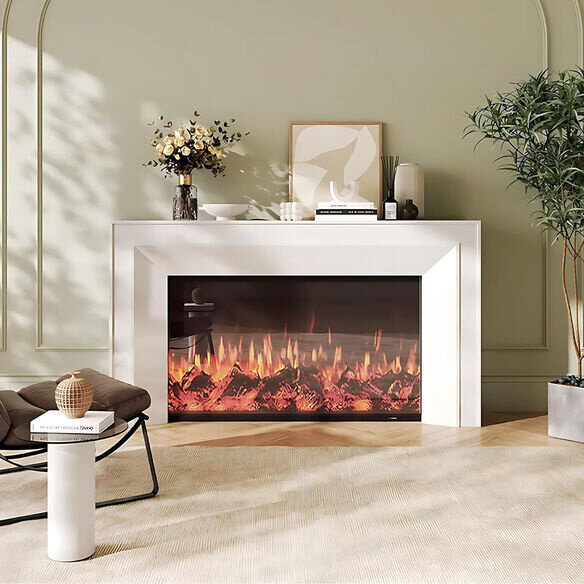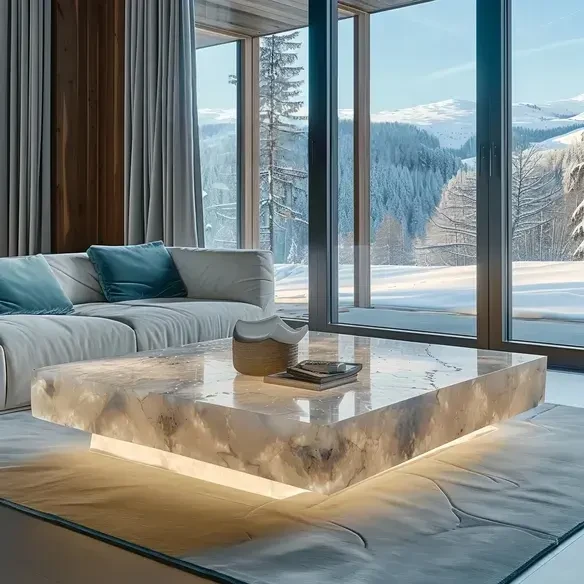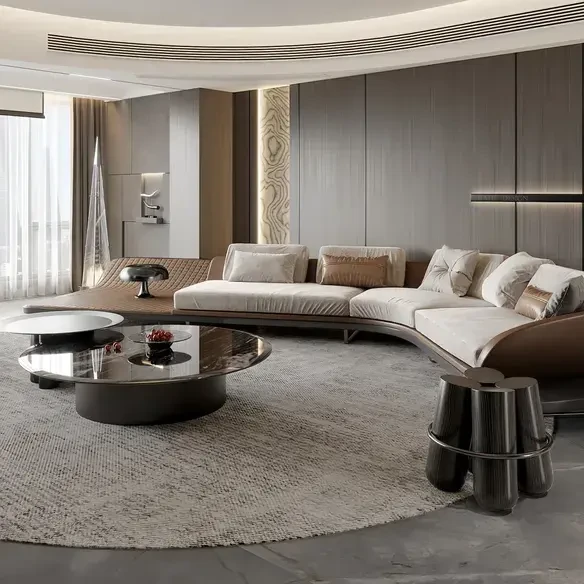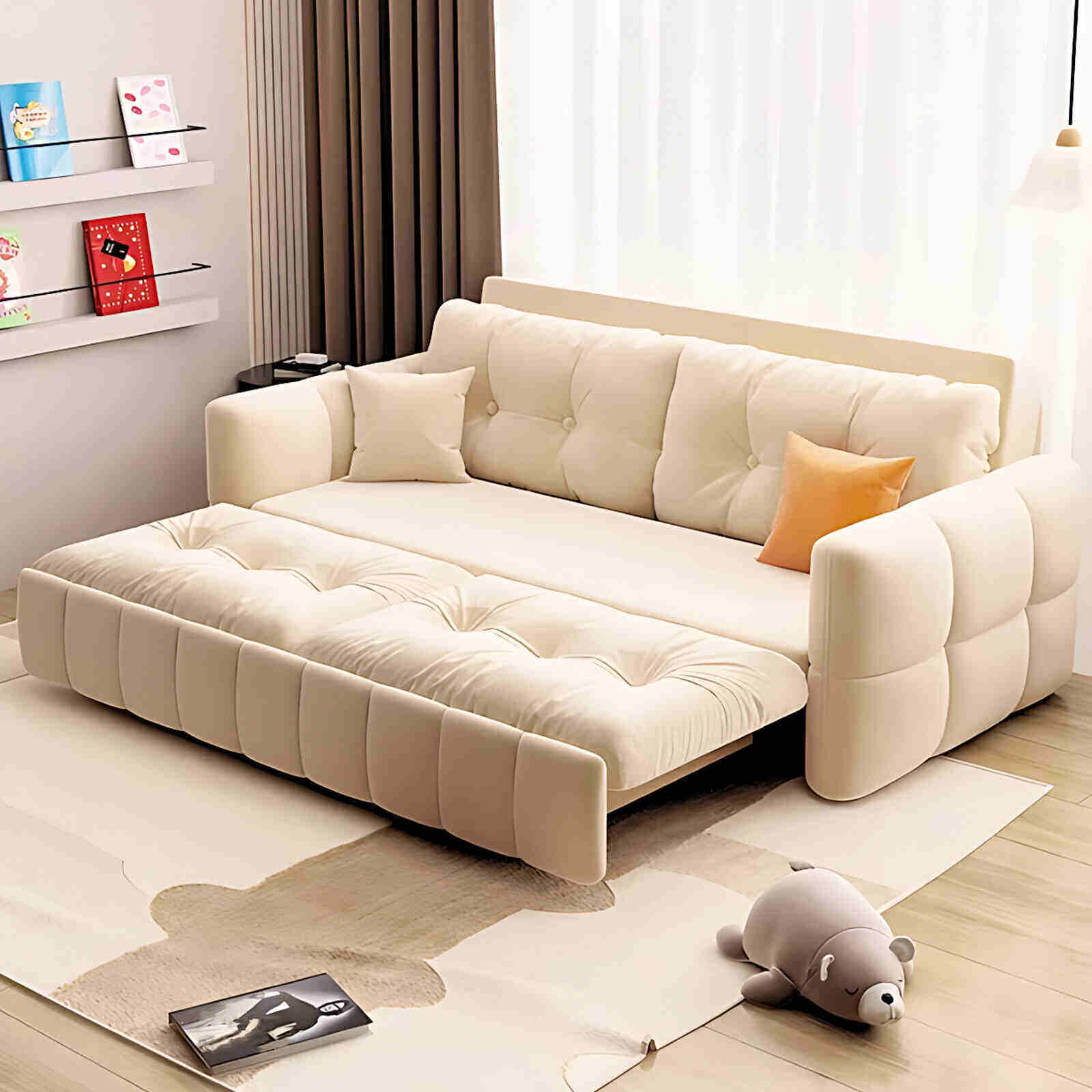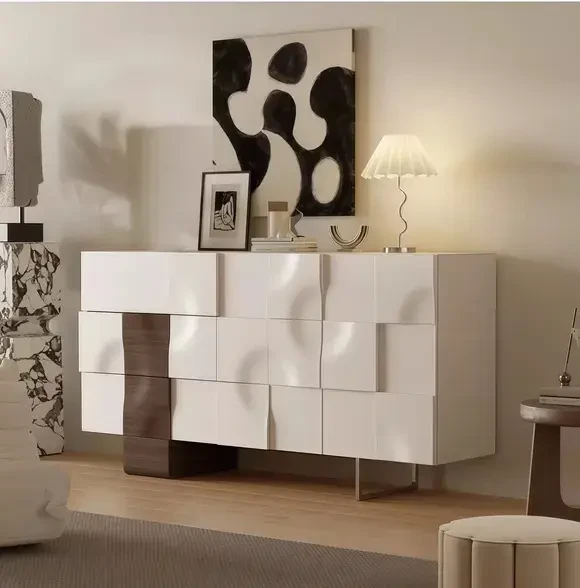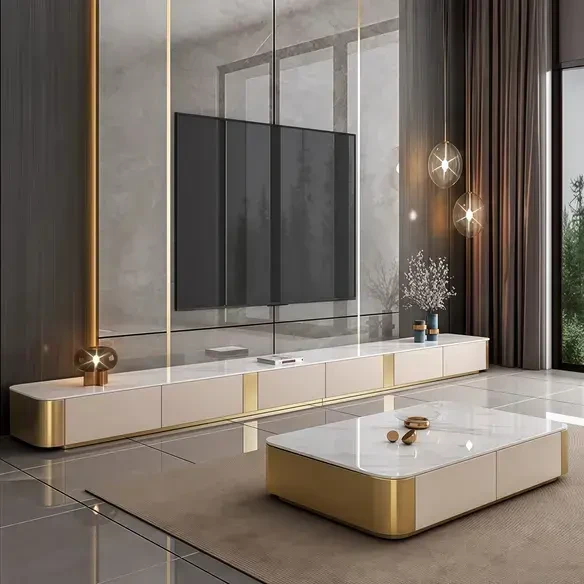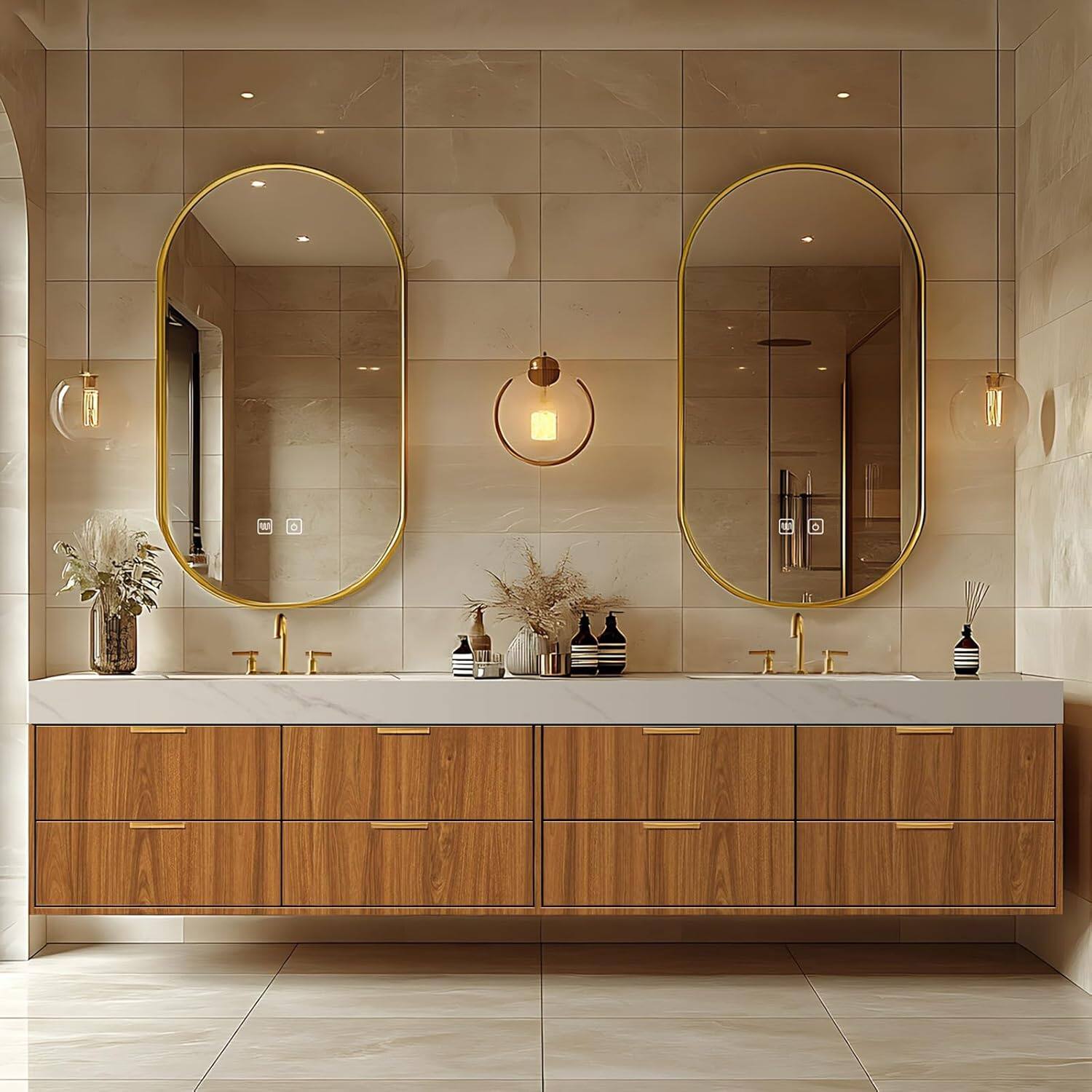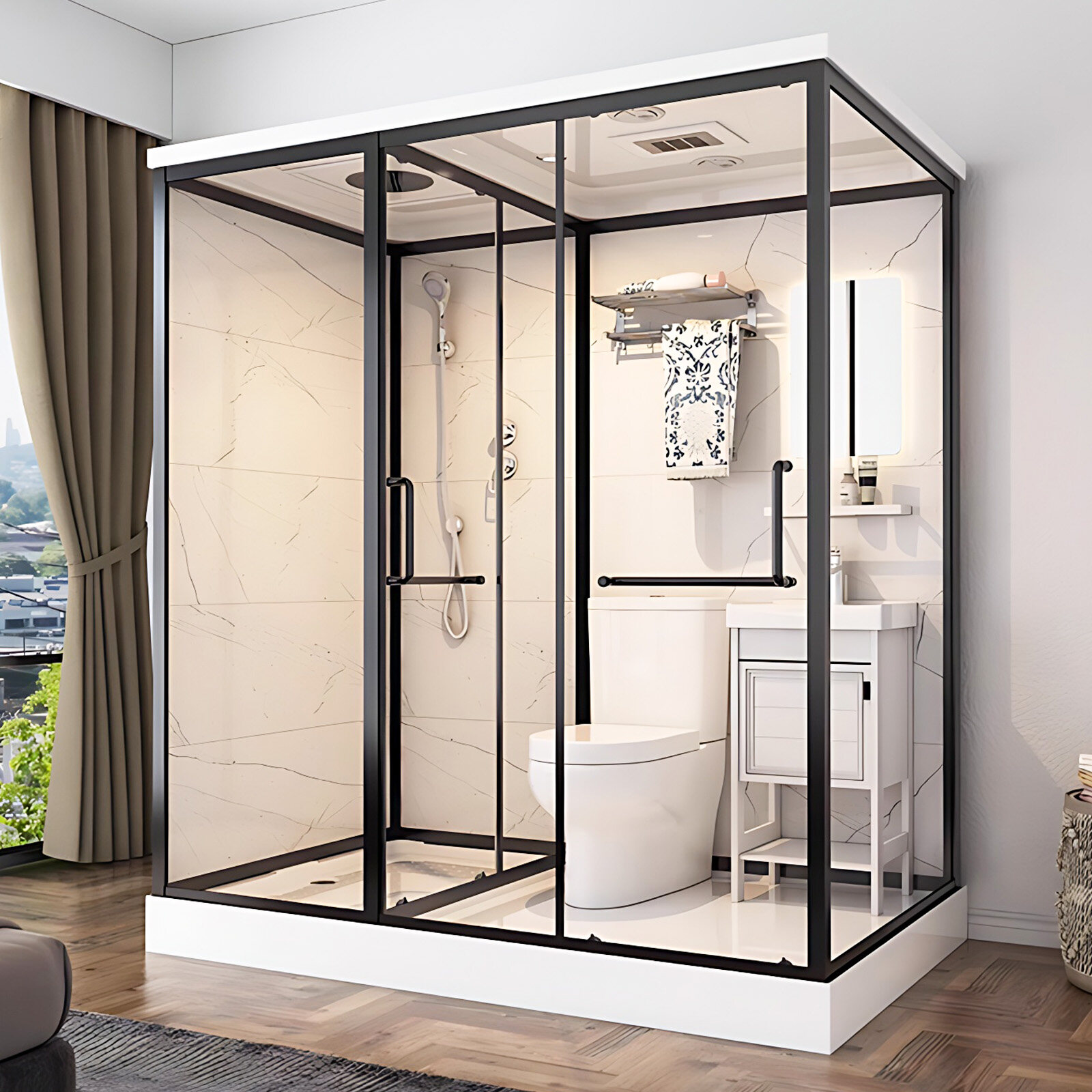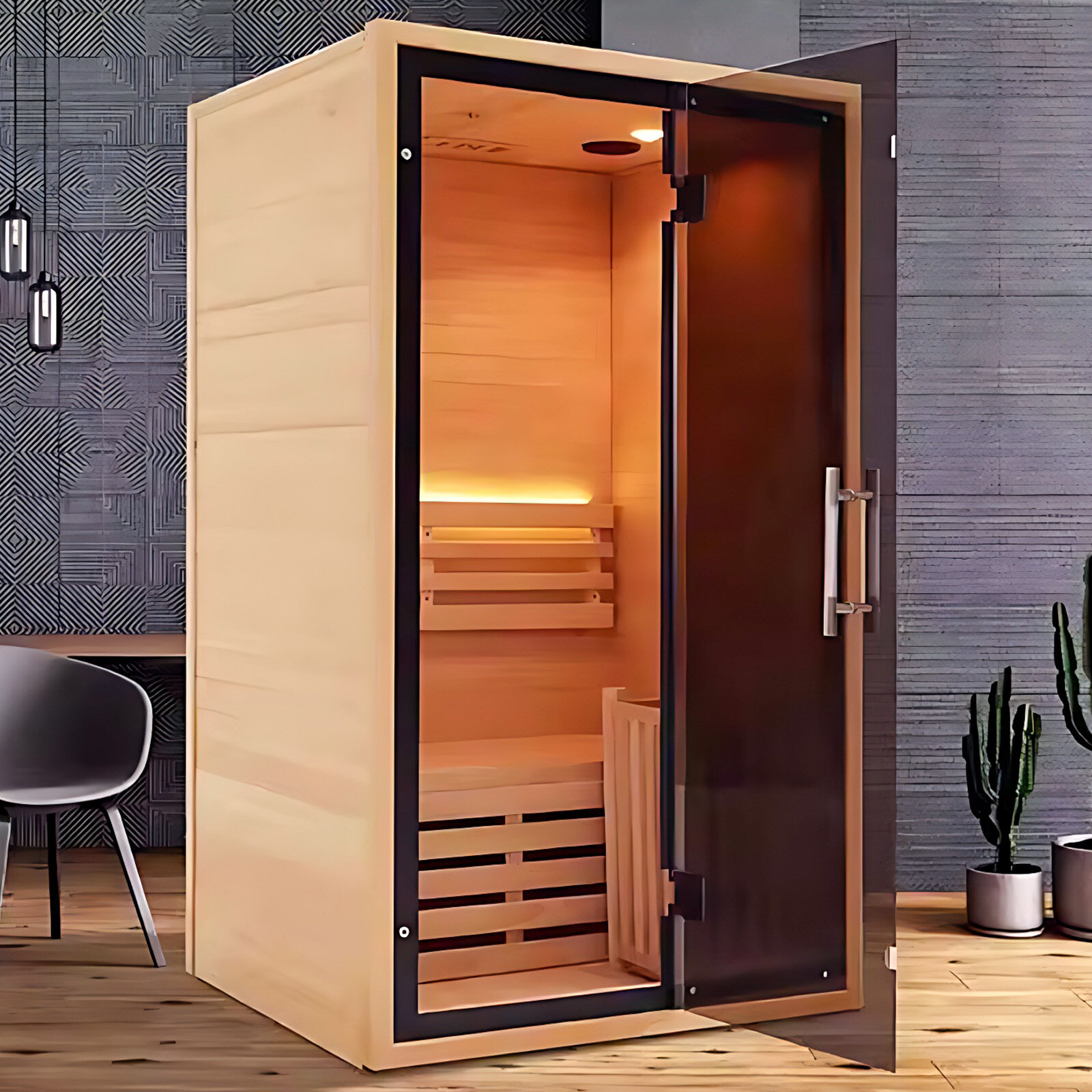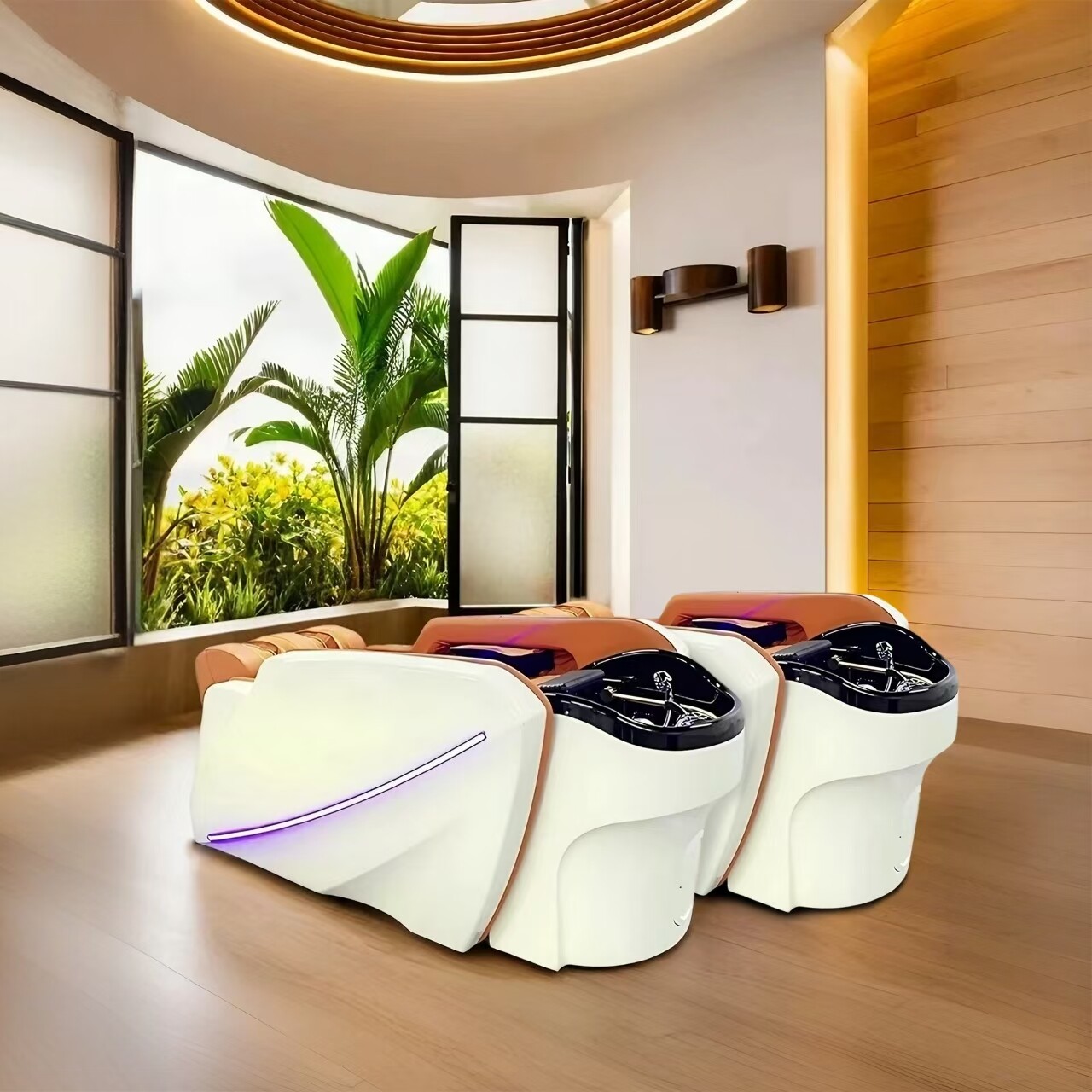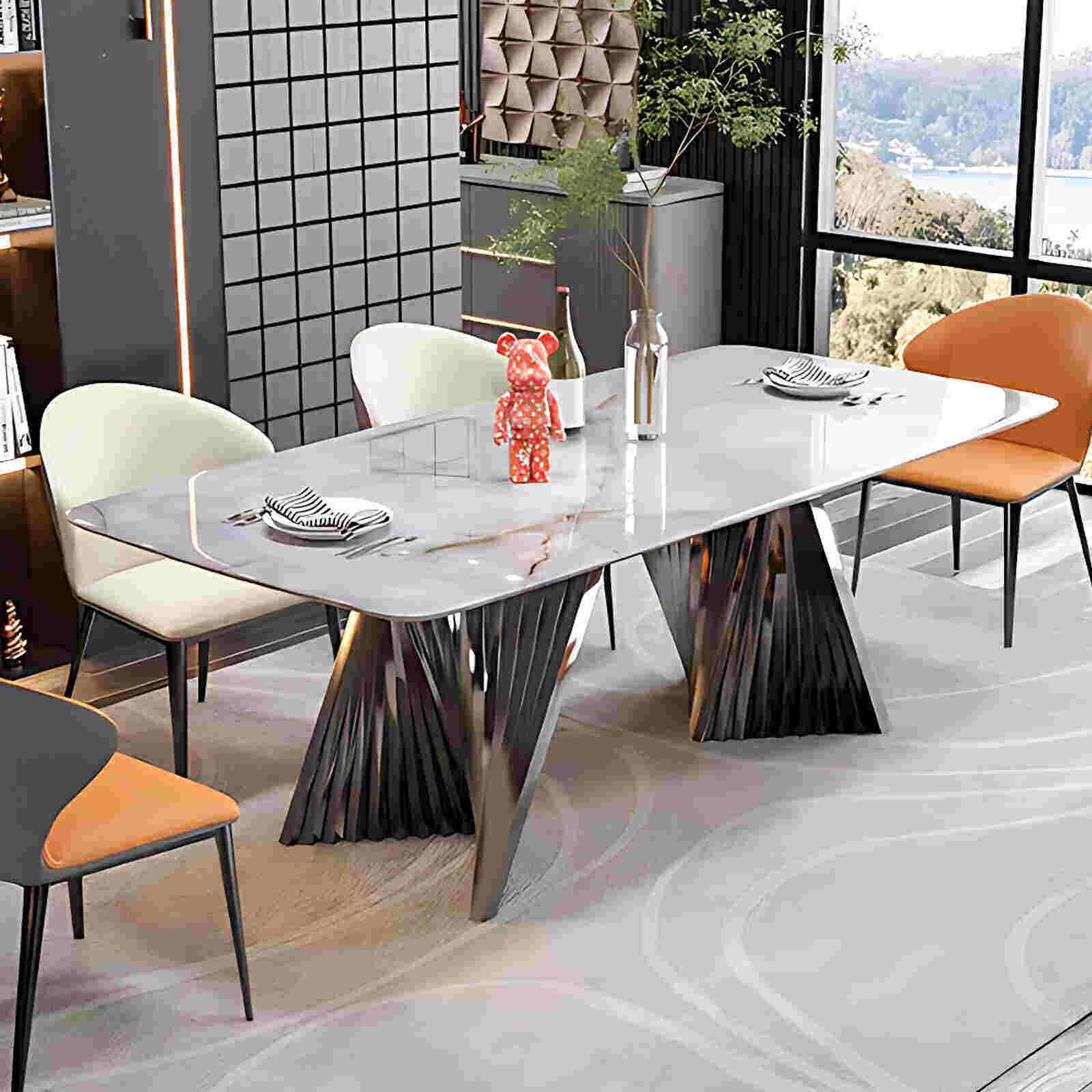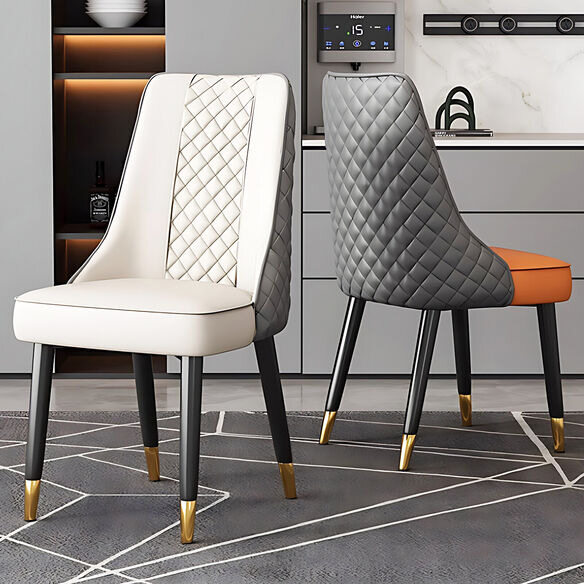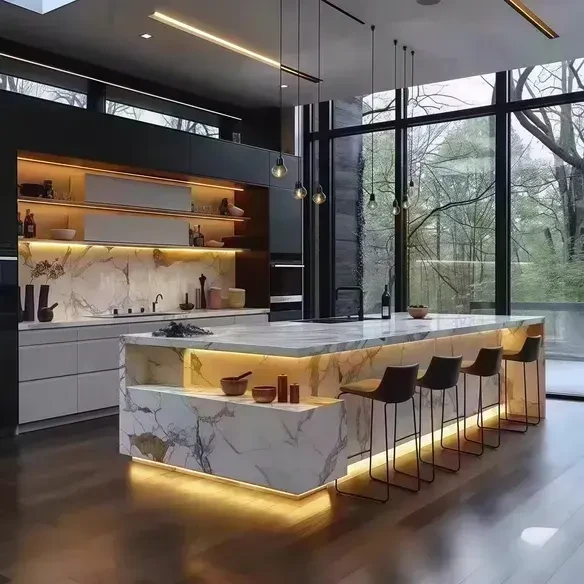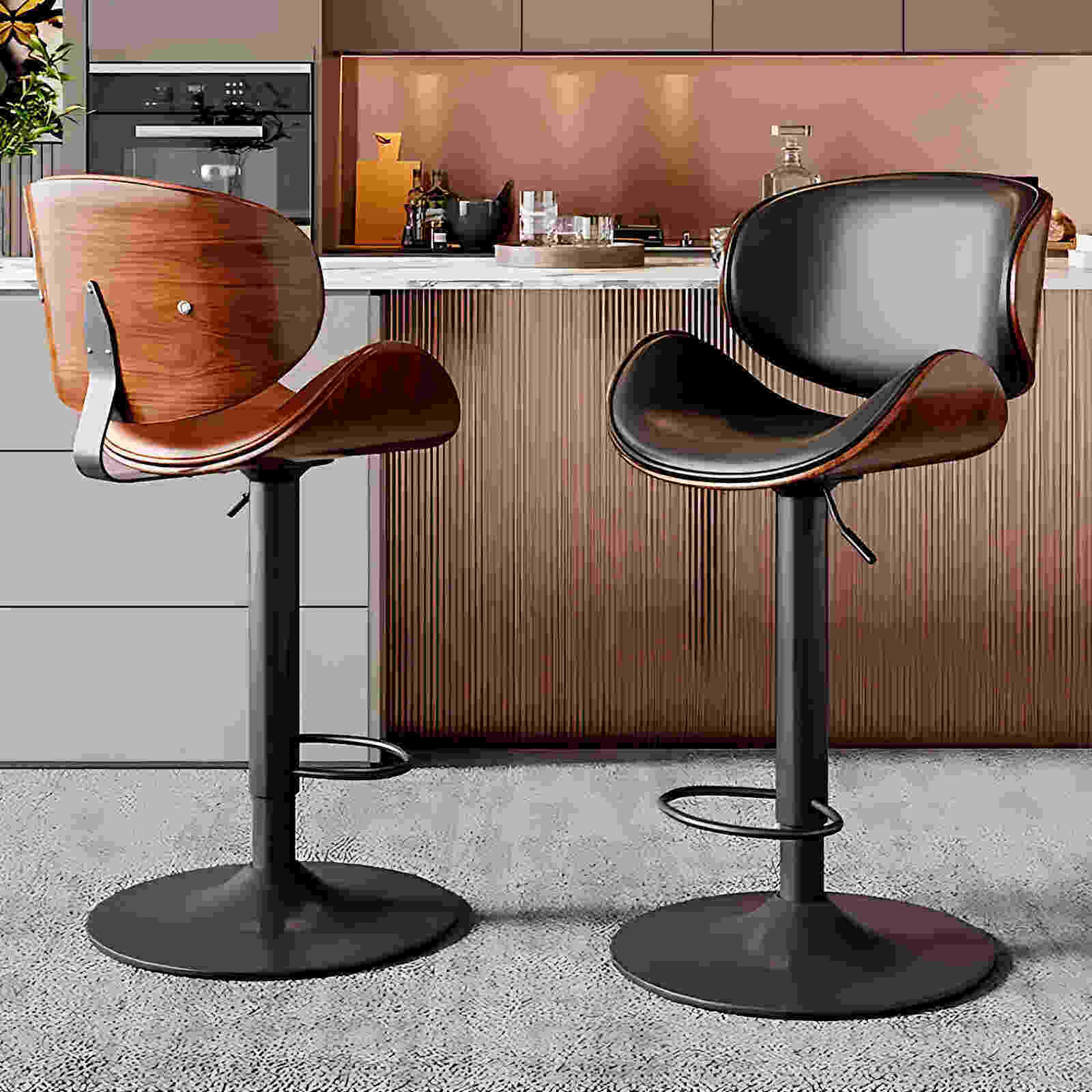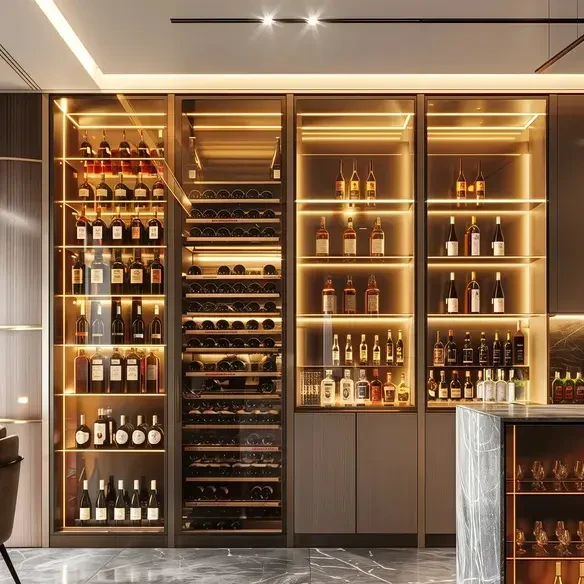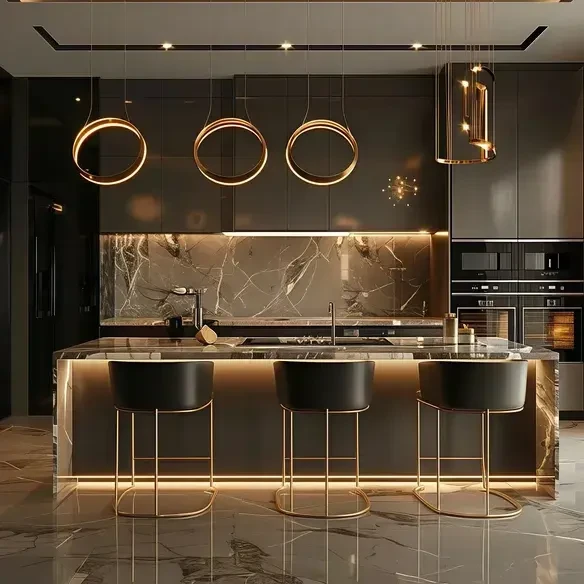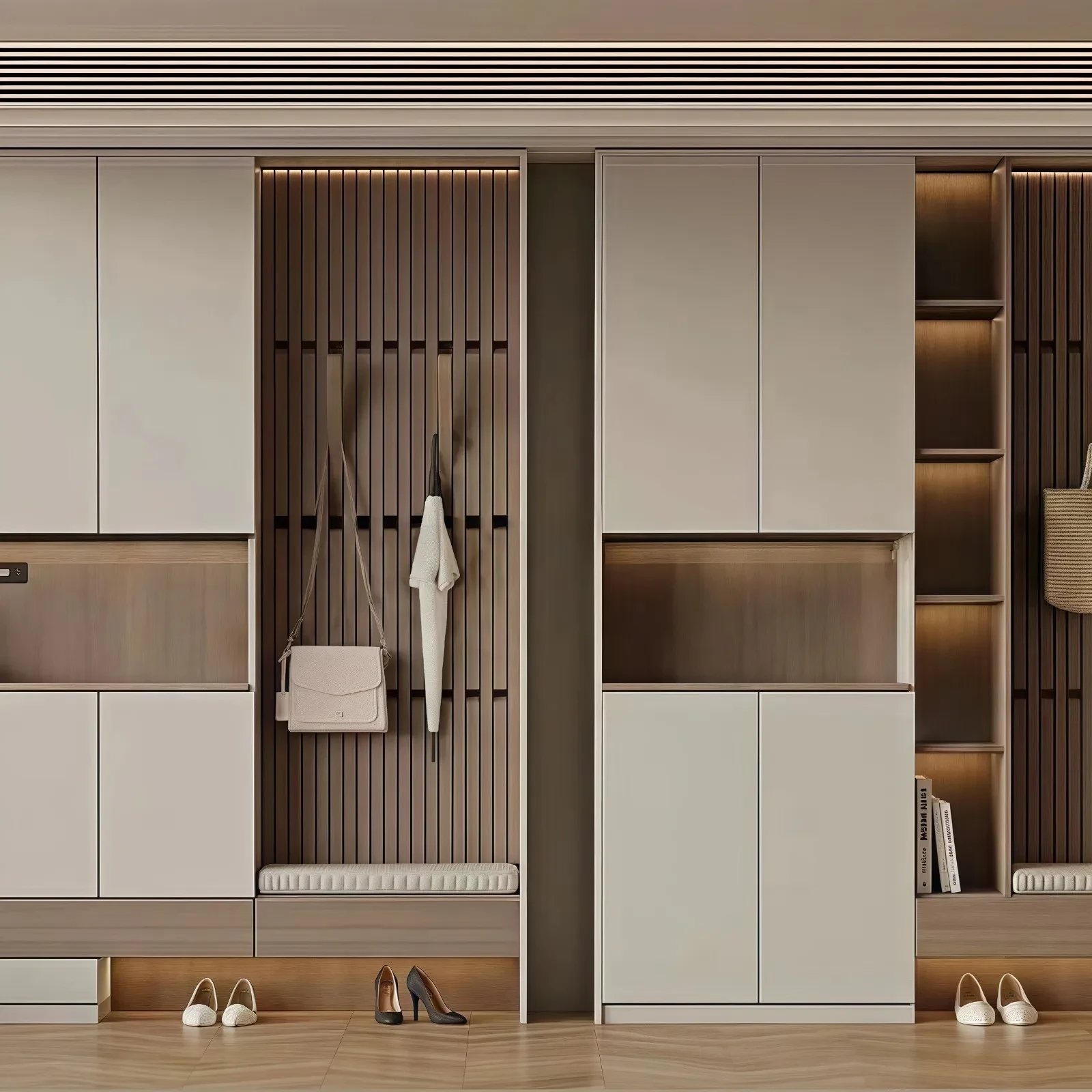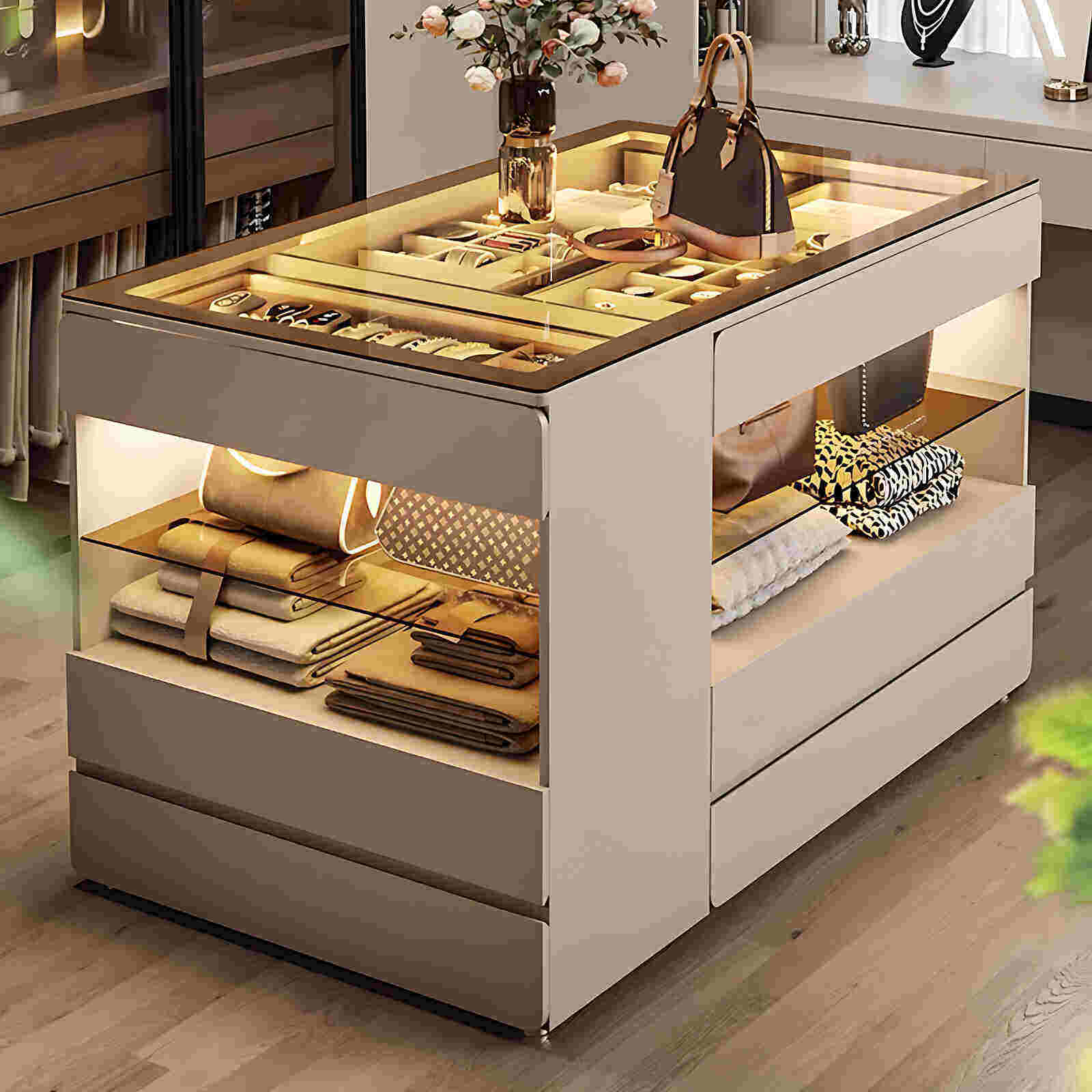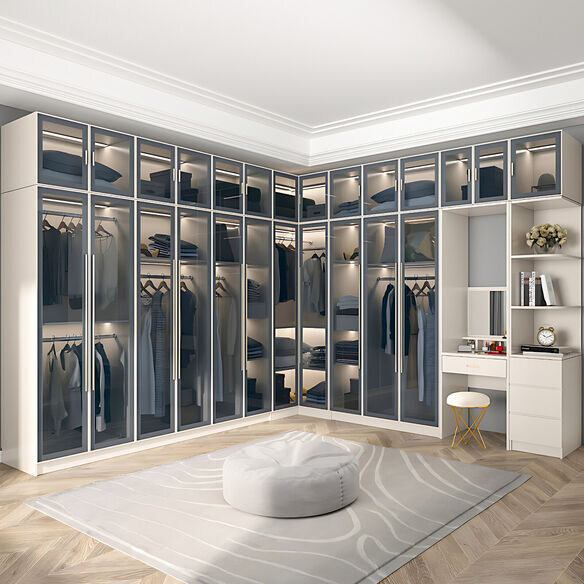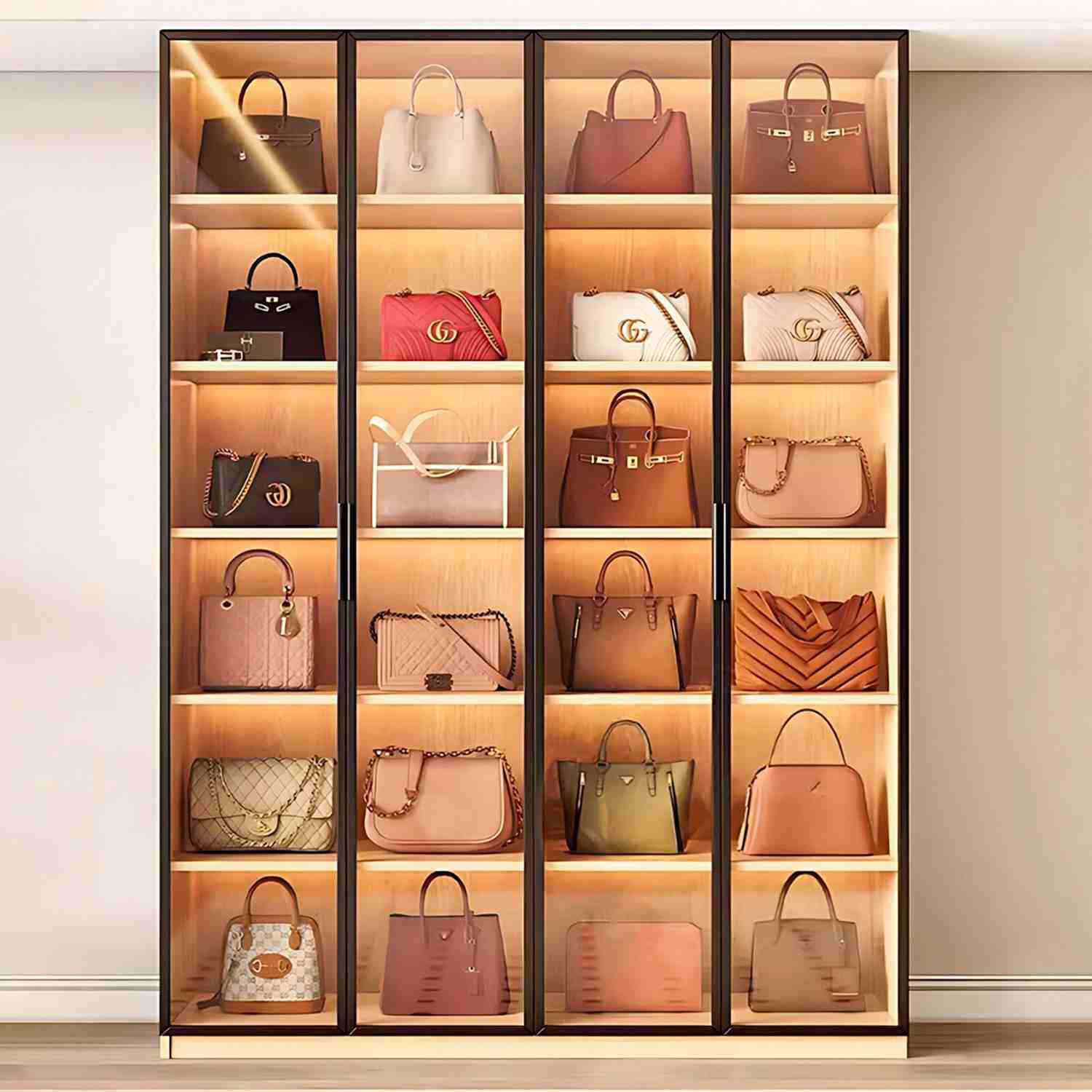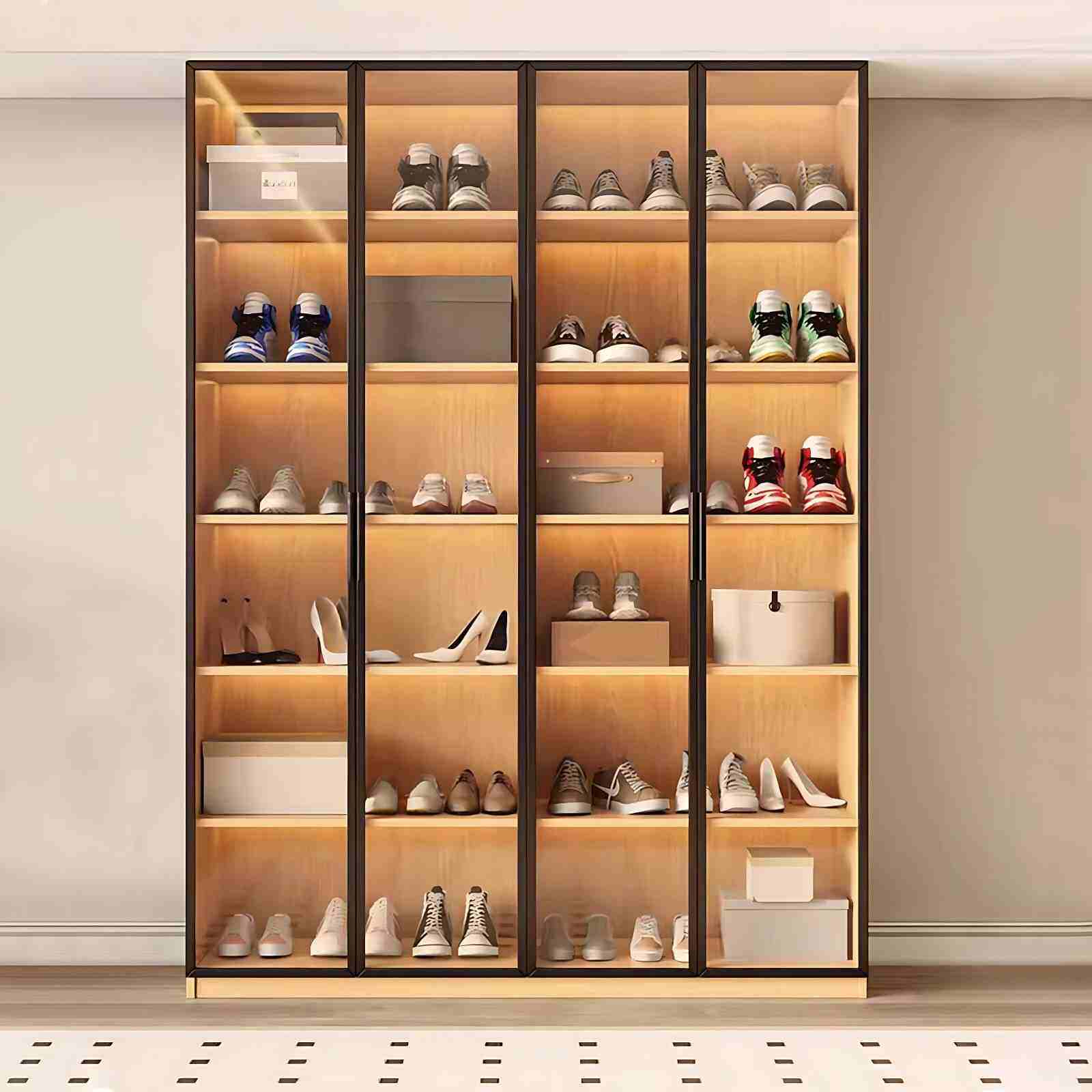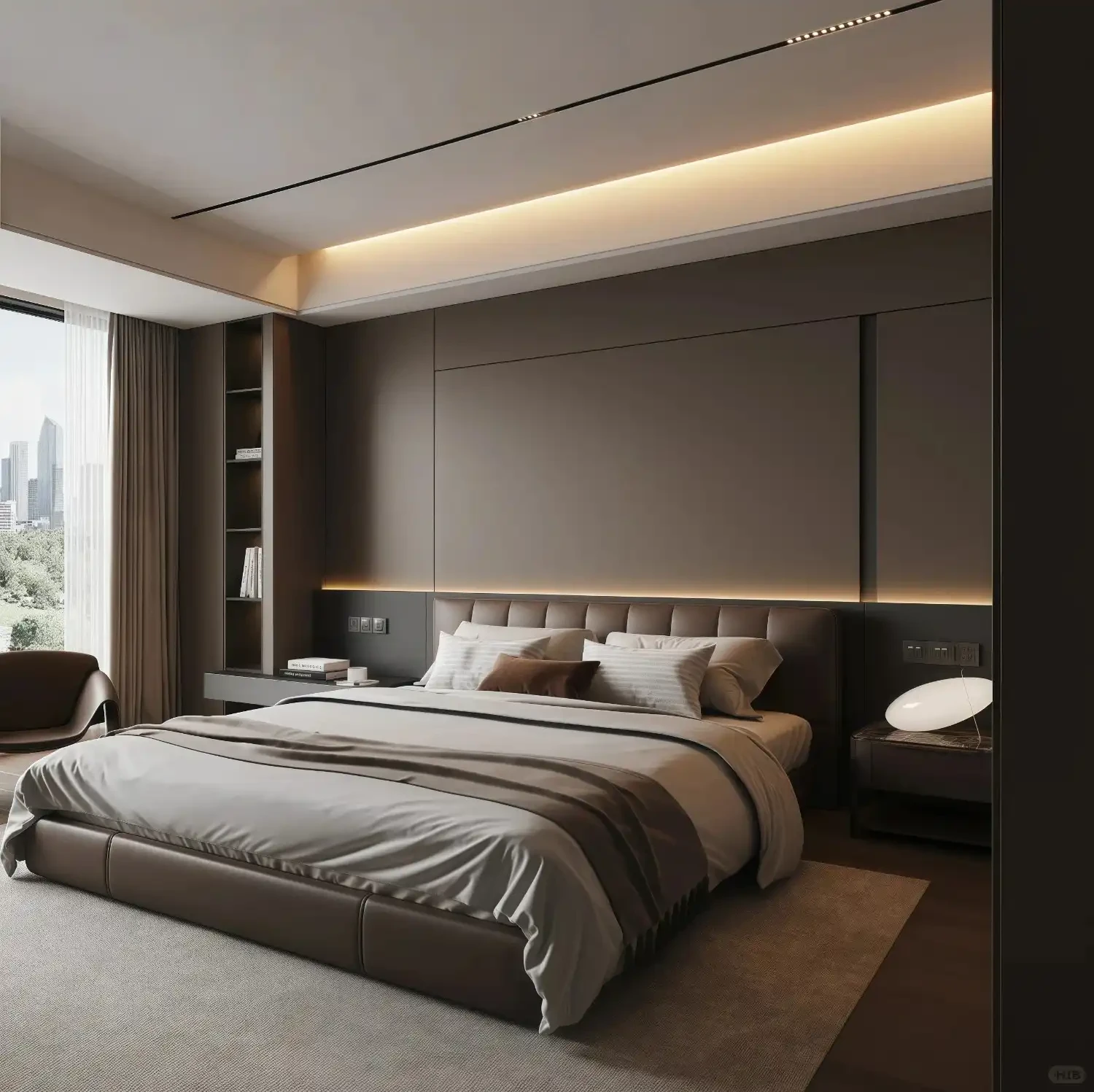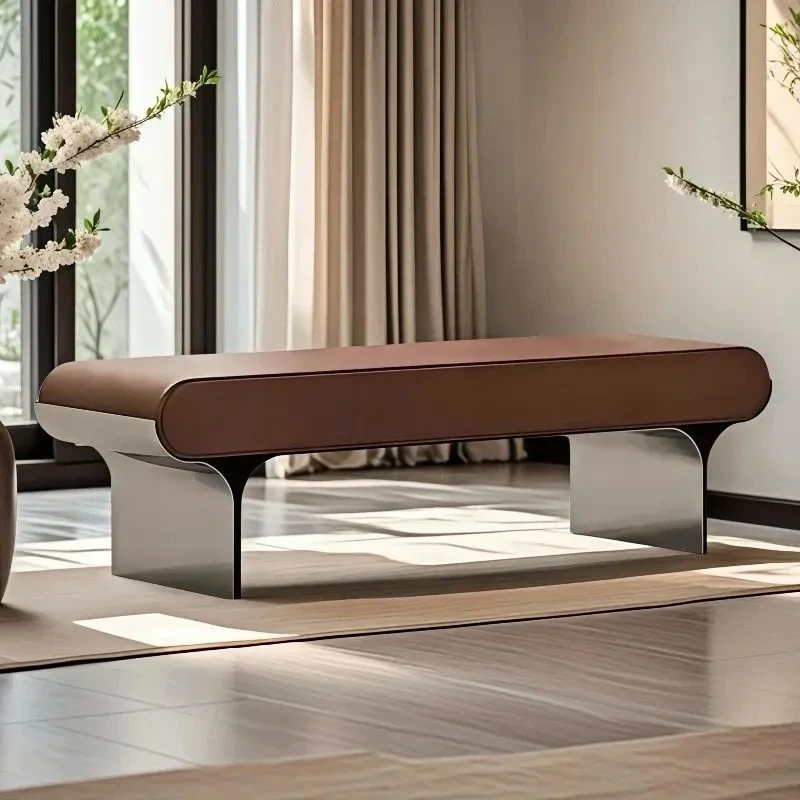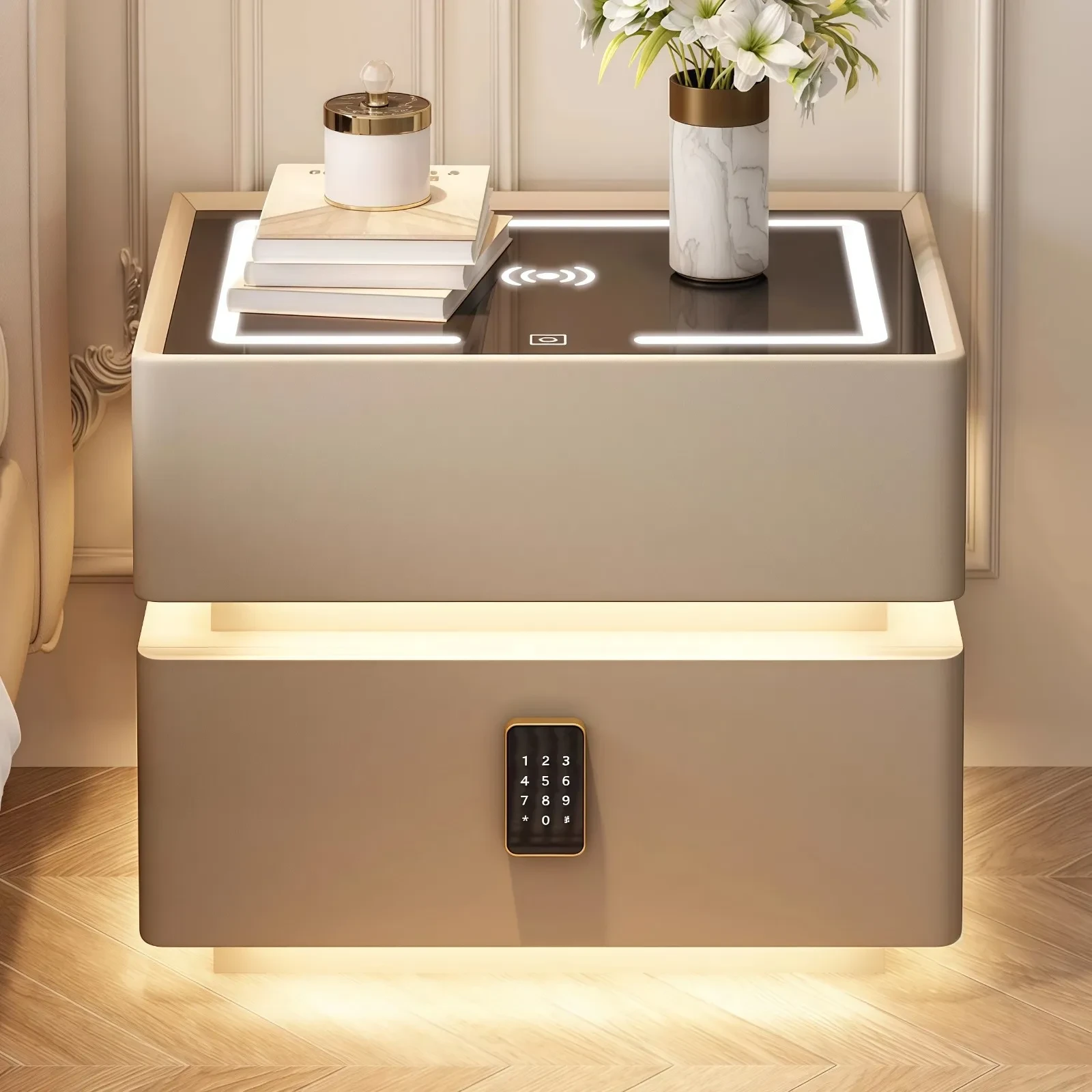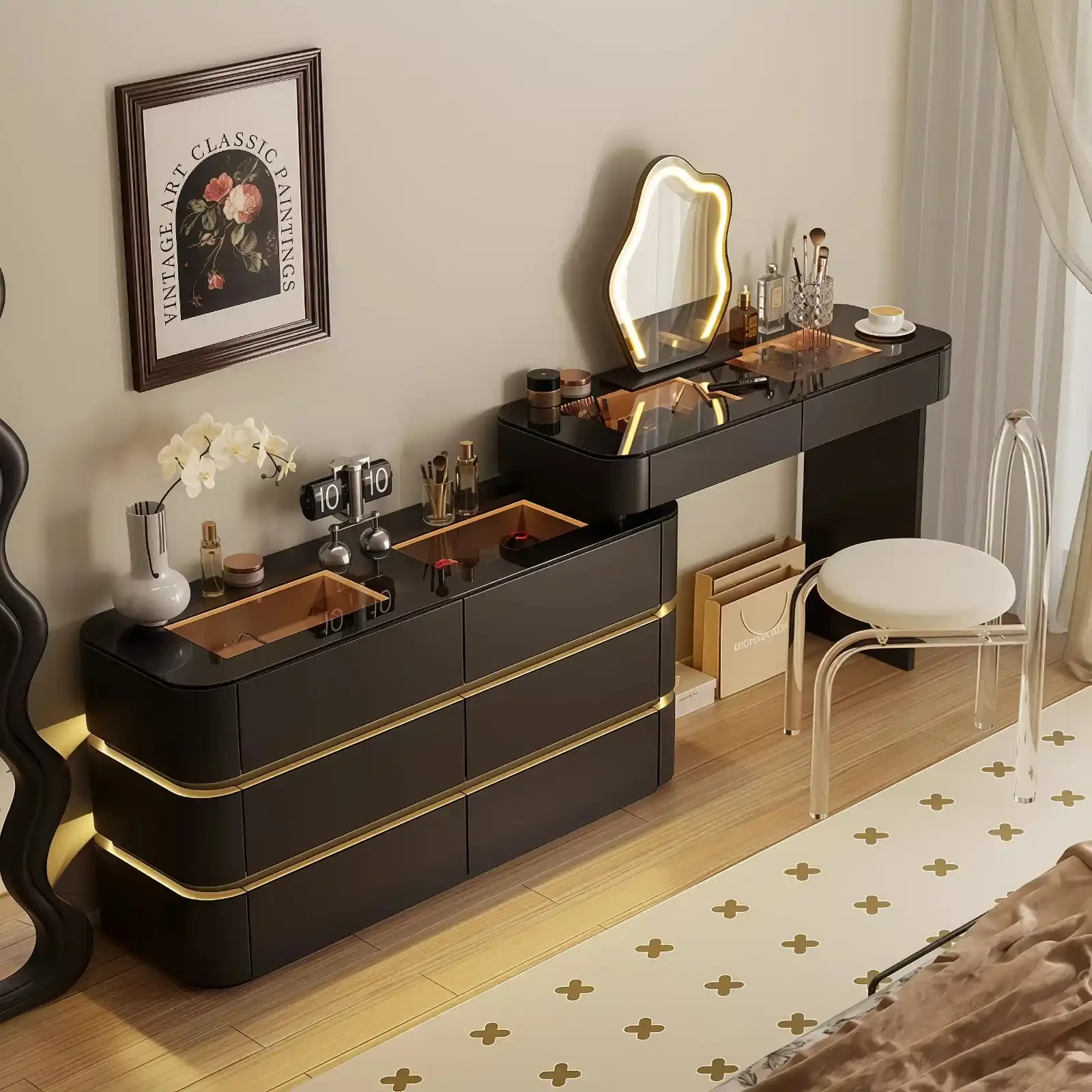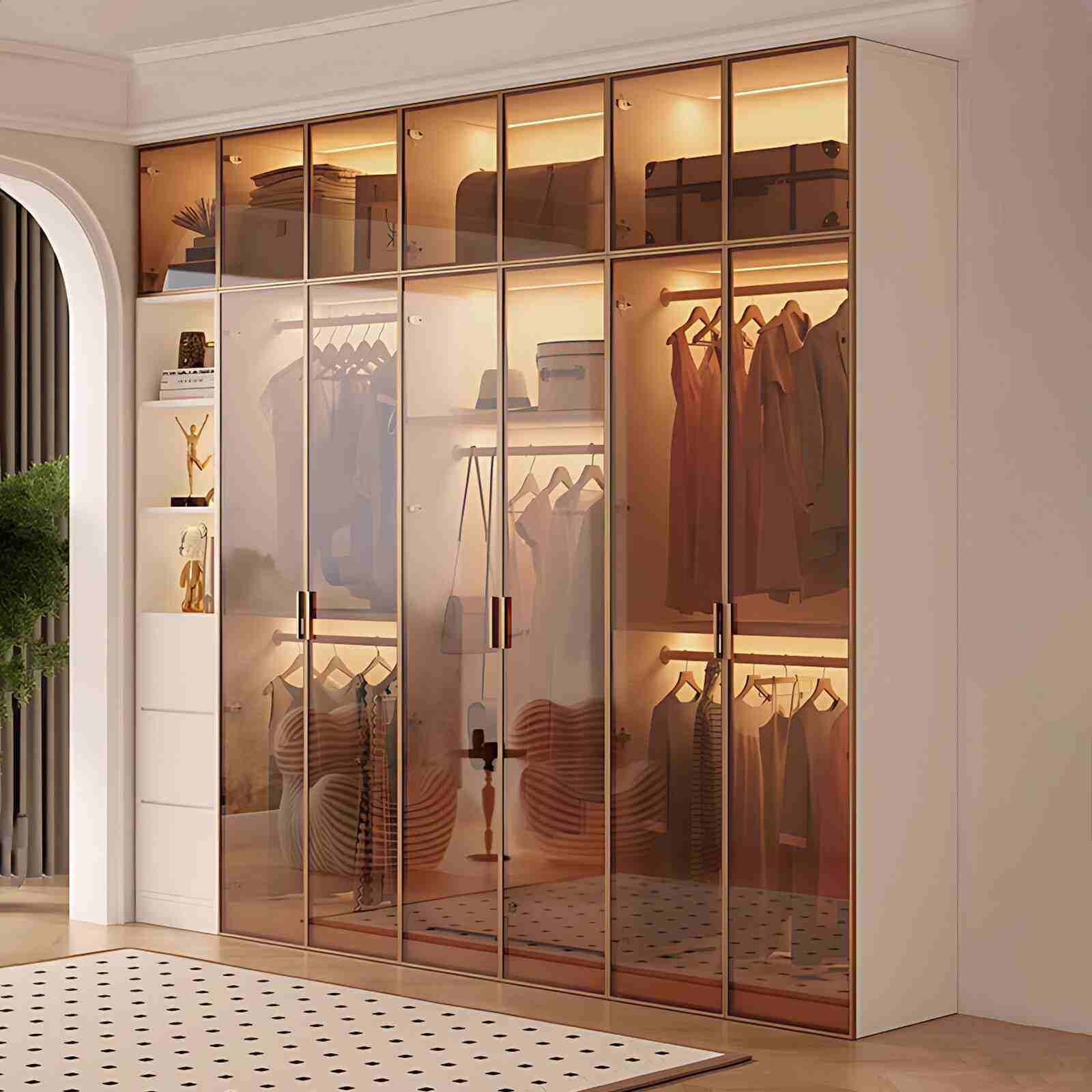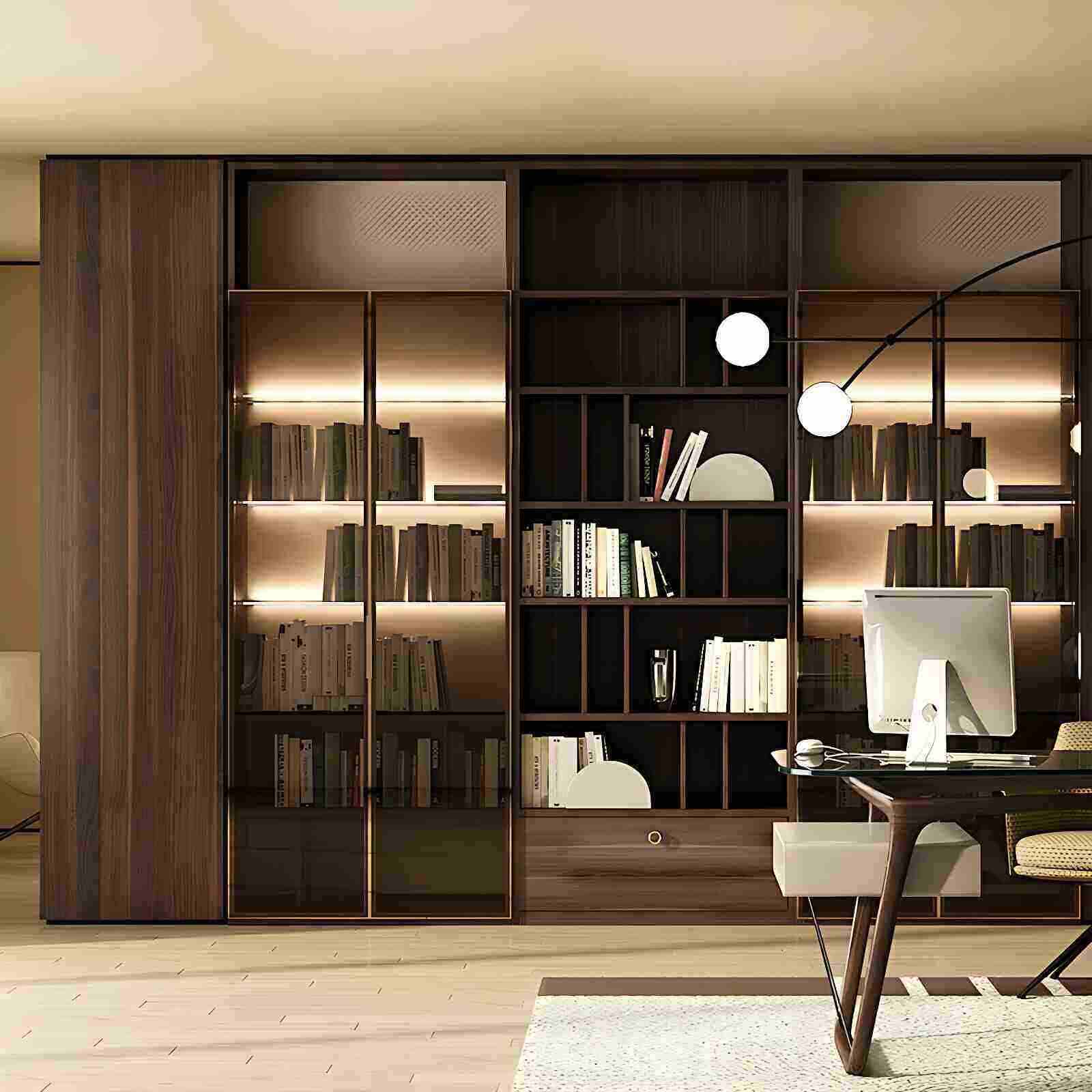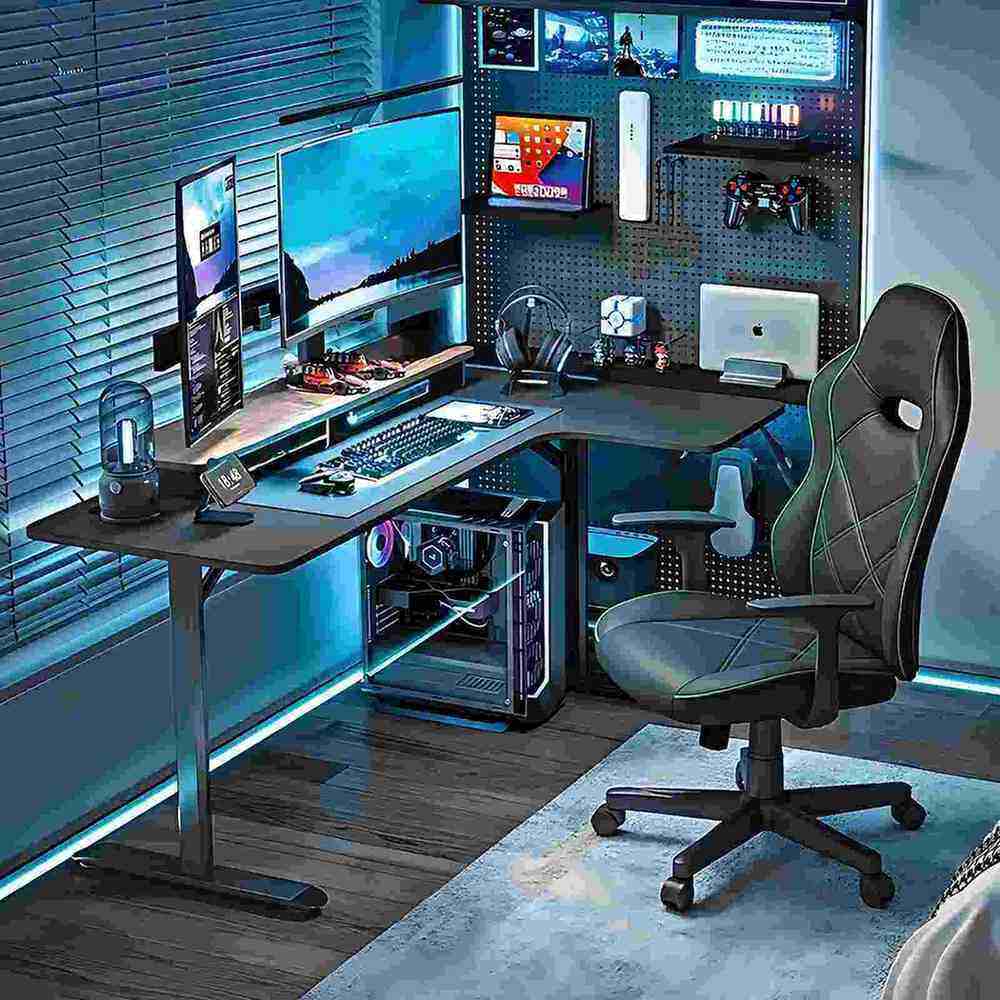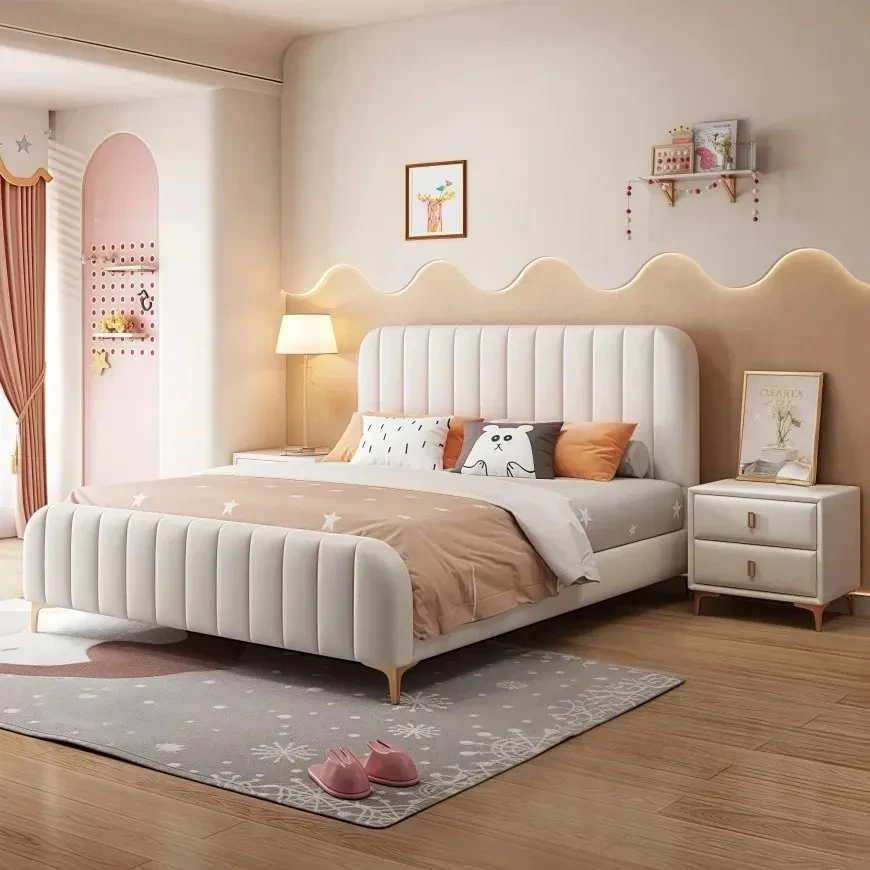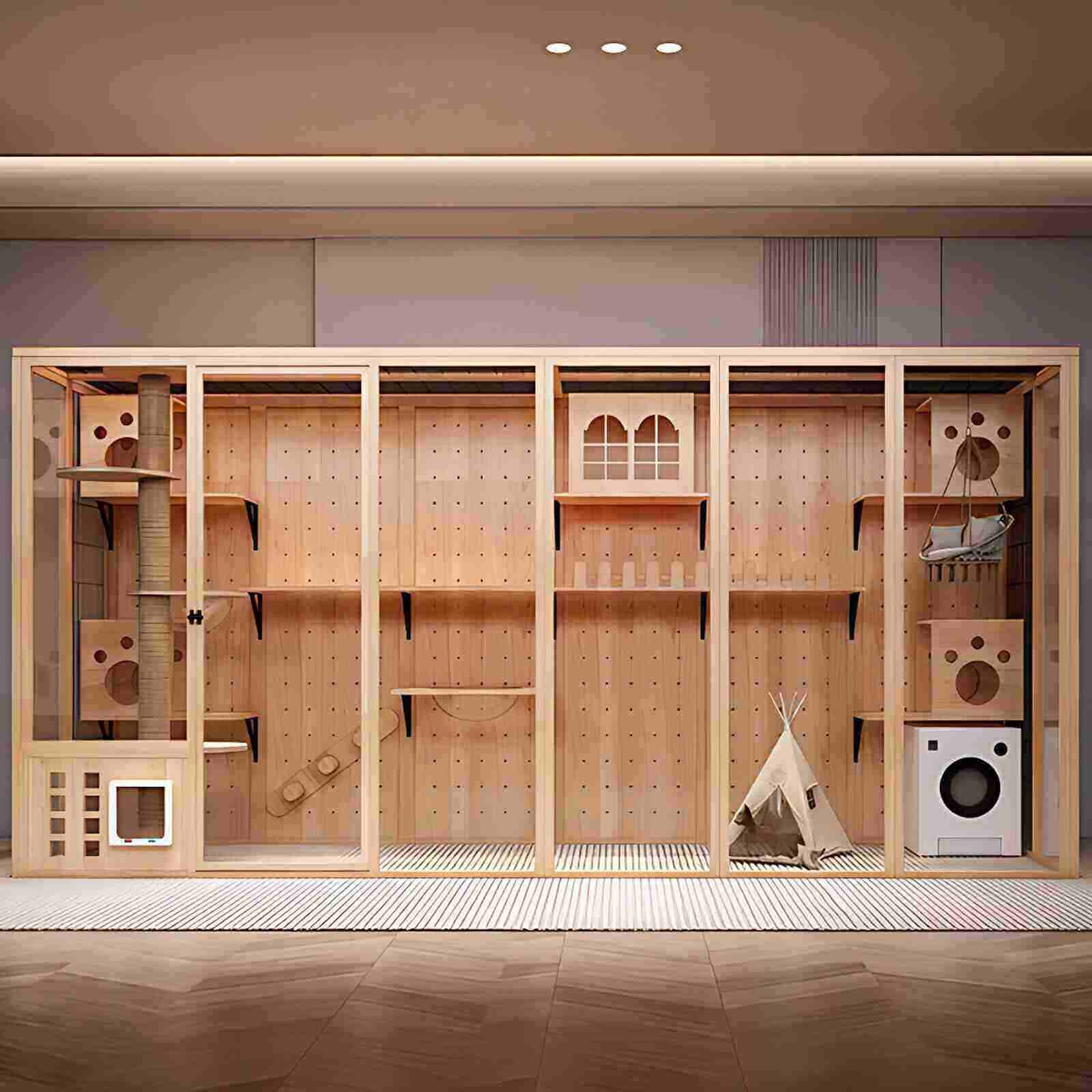Having an exclusive garden, arranging comfortable tables and chairs, and planting your favorite flowers and plants, such a leisurely life is undoubtedly the dream of many people. However, a beautiful garden cannot be built overnight. In the journey of a dream garden, we need to go through the process from conception to implementation. Any garden must be carefully designed before decoration and construction. Following the principle of "design first, construction later" is the key to creating an ideal garden. So, how to design a courtyard? Next, we will share with you some suggestions on courtyard design to help you.
Clear needs and functions
Before planning a courtyard, the first task is to clarify your needs and the intended functions of the courtyard. The courtyard usually has multiple uses, such as leisure, dining, and entertainment, so clearly defining these functions will help you make a reasonable space layout. Before starting the design, make sure you have fully considered and determined these needs.
If you expect to enjoy delicious food in the garden, you should plan a comfortable outdoor restaurant in advance. If you have children at home, be sure to carefully design a safe and interesting playground for them. If you are keen on growing fruits and vegetables, then a suitable vegetable garden is essential. And if you love raising fish and fishing, then a wide pond will meet your needs. In short, at the beginning of the design, you should deeply understand the specific needs of each family member to ensure that the courtyard layout that meets everyone's expectations is planned.
Carefully plan the functional areas
After clarifying your needs, the next step is to start planning the functional zoning of the garden. Imagine that your garden is like an outdoor multi-functional space with multiple areas, each of which has different functions, and some areas are similar to the functional layout of the interior. For example, you can plan an entrance area for guests to enter, a garden path space to provide a comfortable passage for strolling, and an entertainment area for family members to relax and have fun; of course, leisure areas, water features, outdoor kitchens, and planting areas are also indispensable elements. By carefully planning these functional areas, your garden will become more colorful and meet the various needs of family members.
Entrance area design
As a transitional space connecting indoors and outdoors, the role of the entrance area cannot be ignored. It can effectively separate the front yard from the driveway of the community, creating a private and quiet entrance environment for residents. When planning, you can use elements such as low walls, fences, or plants to cleverly create a sense of enclosure in the front yard, making it a safe and comfortable welcoming space.
Garden path design
When planning the garden path, you can add more fun and visual feast to the walkway by cleverly arranging ornamental trees, seasonal flowers, sculptures, and setting up elements such as flowing water. At the same time, in order to ensure safety and convenience, the slope of the garden path should be controlled within 5%, and it should be at least 2 meters wide, so that two people can easily walk side by side.
Entertainment area design points
When planning the entertainment area, the first task is to establish the appropriate proportion and scale. Reasonable space proportions can ensure the smooth operation of the area, meet the needs of gatherings, and avoid affecting the user experience due to the narrow and long scale.
As a place for people to relax, the essence of the design of the leisure area is not the size of the space, but the ability to immerse people freely in personal activities. The leisure area can be flexibly built into a variety of forms, such as a viewing area, a bar, or a sun room, to meet the leisure needs of different people.
When creating a leisure space in the garden, you can choose to place the leisure area on flat ground and set some slight slopes appropriately to ensure good drainage. At the same time, you also need to pay attention to the distance from the surrounding trees and shrubs to ensure the comfort and safety of the leisure space.
The lawn area is often regarded as an ideal choice for creating a leisure space. When defining the boundaries of the lawn, you can use ground cover plants, shrubs, trees, fences, and other elements.
Waterscape
Water, as the soul element in the garden, always occupies an indispensable and important position. It is the existence of water that injects vitality and charm into the garden space, making it smart and full of charm. The waterscape in the courtyard has different shapes, both large and small, and dynamic and static, and has a variety of style characteristics.
Small and independent sculptural waterscapes, such as rockery and small springs, are often carefully arranged as the visual focus of the courtyard to attract attention. Still water features, such as ponds and pools, are easy to appreciate for their tranquility and simple lines, and are relatively easy to install and maintain. Flowing water features, such as streams and fountains, can bring a lively atmosphere to the courtyard and increase vitality. When choosing a water feature, we must consider the available space in the courtyard, the terrain conditions, personal preferences for aquatic plants, and whether it is suitable for fish farming.
Outdoor kitchen
The closeness to nature is irresistible to everyone. Designing an outdoor kitchen in the garden is not only a love of nature, but also an ideal choice for spending quality time with family and friends. Here, you can enjoy the warm sunshine of the garden and the fun of cooking and dining with family and friends in the open air, an experience that cannot be matched by an indoor kitchen. Of course, when creating such a space, we also need to follow some basic guidelines. First, it should be located between the indoor dining room and the outdoor dining space to facilitate people's flow and communication. Secondly, this space needs to be equipped with a spacious countertop or flat surface so that we can easily place ingredients and cooking utensils.
The design of the planting area also requires careful consideration. To create a harmonious garden atmosphere, we need to carefully arrange the plants to ensure that they have a sense of unity in vision, rather than a chaotic pile of plants. In this way, the planting area can provide a beautiful background for the entire garden, adding a natural and peaceful atmosphere.
The planting area should be located in a flat area with fertile soil and good drainage. To add a sense of mystery, you can use elements such as shrubs, fences, or walls to cleverly block the vegetable garden visually, creating a hazy and charming beauty.
Choose the right plants
Plants are to the garden like clothes are to people, not only adding color and interest, but also making the space rejuvenated. When choosing green plants, be sure to consider the lighting conditions of the courtyard, as well as the time, energy, and financial resources that a person can invest. These factors will directly affect the types of green plants you can choose.
If your yard has limited light conditions, it is recommended to choose green plants that adapt to semi-sunlight environments, such as foliage plants; and if you find it difficult to invest a lot of time in taking care of the yard on weekdays, you might consider planting easy-to-care, cold-resistant and drought-resistant plants, such as succulents, which will meet your needs.
Carefully match colors
In addition to considering the choice of plants, the color matching of the yard is also crucial. Plant color is a key element in creating the emotional atmosphere of the yard. Through clever matching, you can create a colorful landscape and give the environment a unique character.
The expression of garden plant color is rich and colorful, including a variety of combinations such as the same color system, complementary colors, and adjacent colors. Plants matching the same color system have coordinated and unified colors, creating a harmonious overall sense; while complementary colors can form a sharp contrast, produce a strong visual impact, and leave a deep impression. In addition, the use of adjacent colors is more gentle; it can form a subtle transition in color, bringing a soothing and peaceful feeling.
Carefully design the garden plan
After a deep understanding of your personal expectations for the garden, you can start planning the design for the garden. The first task is to identify the central theme and unique style of the courtyard so that plants and materials that are more in line with the theme can be selected to ensure the overall design is harmonious and unified. The design plan can be conceived by individuals or entrusted to professional garden designers. With their professional knowledge, good designers can deeply explore the characteristics of the site and create a garden that is both beautiful and practical and meets the expectations of the owner.
Careful planning and design to create an ideal garden
After mastering the above key suggestions, are you eager to try and look forward to creating your favorite garden by yourself? In fact, designing a satisfying garden is not out of reach. As long as you make careful plans in advance and grasp the key points in the design, a beautiful garden life is just around the corner.

 USD
USD
 GBP
GBP
 EUR
EUR
